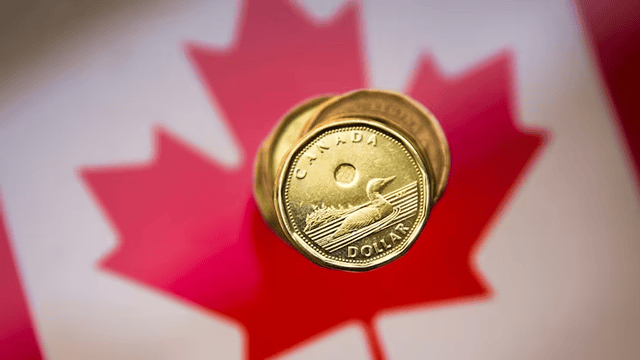
Canada’s national pension fund is considering putting more of its money into Canadian investments, according to Dale Jackson from BNN Bloomberg.
Canada’s national pension fund may be gearing up to invest more at home. The head of the Canada Pension Plan’s investment division says major infrastructure projects like pipelines, bridges, and transit networks could bring long-term value to Canadians saving for retirement.
John Graham, CEO of CPP Investments, recently shared that projects proposed by Prime Minister Mark Carney could offer strong returns while supporting the national economy. “We believe there’s a real possibility these plans could move forward,” he said in a recent interview with The Canadian Press.
This shift marks a possible change in strategy for the $714.7 billion fund. For years, the Canada Pension Plan Investment Board (CPPIB) has focused on diversifying internationally to reduce risk and tap into growing global markets. Until now, Canadian assets made up only a small share of the portfolio—about 12 per cent as of March 2025, compared to 47 per cent invested in the United States.
The fund has also spread its money across Europe, Asia, Latin America, and various industries and asset types. Such diversification has helped Canadian retirees reap solid returns over time. In its most recent fiscal year, CPP Investments posted a 9.3 per cent net return—slightly below its 10.9 per cent benchmark—but still impressive by industry standards.
Notably, U.S. and Chinese public stocks led the fund’s gains. A weaker Canadian dollar also gave returns a boost when overseas profits were converted back into Canadian currency. Over the past decade, the fund has averaged a 9.2 per cent annual return, ranking it second globally among 25 major pension funds. Only Sweden’s AP7 performed better.
Still, with the Canadian government aiming to reduce reliance on the U.S. economy and strengthen local growth, the CPPIB is re-evaluating how much of its investments should support the home front. The challenge is balancing national benefit with strong financial performance.
Critics caution against putting too much focus on Canada, given that Canadian stocks make up less than three percent of the global market and are heavily concentrated in resource and finance sectors. Over-investing locally could limit access to growth elsewhere and increase risk.
Some industry groups have even called for tax incentives to encourage investment in Canadian projects. Until the 1990s, RRSPs had limits on how much could be invested outside of Canada. Those rules have since been relaxed, allowing for broader global exposure.
Importantly, the CPPIB is not directly controlled by the government. As a crown corporation, it runs independently, managing only the contributions made by Canadian workers and employers—not tax revenue. This arm’s-length structure is meant to ensure investment decisions are based on performance, not politics.
For Canadians counting on CPP payments in retirement, this means the plan remains a reliable supplement to personal savings and employer pensions. In 2025, the maximum annual benefit for those retiring at 65 is $17,200, though actual payouts depend on individual contribution history and earnings.
One standout feature of CPP is that it’s adjusted to keep up with inflation, helping retirees maintain purchasing power as prices rise—a benefit not all pension plans offer.















